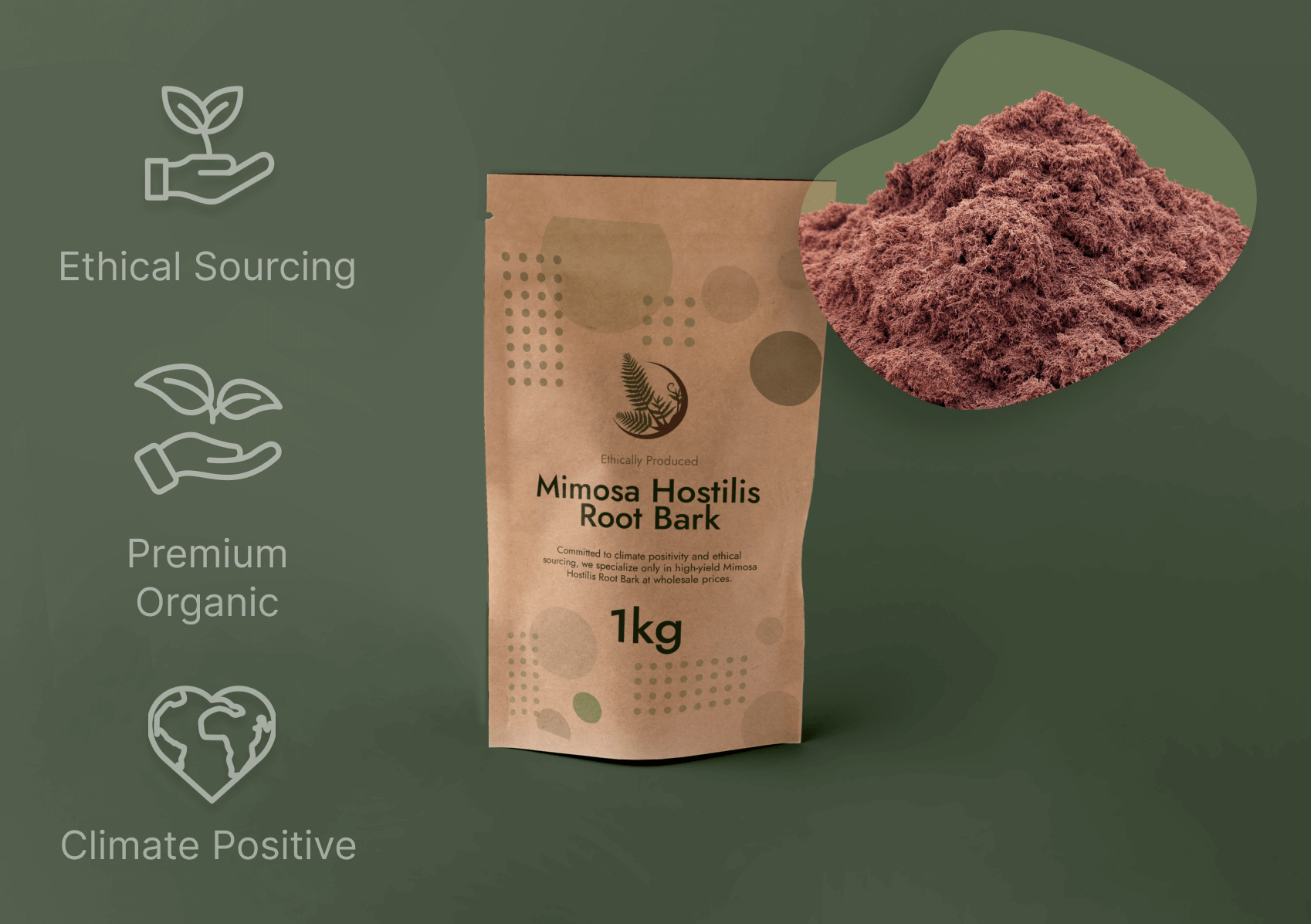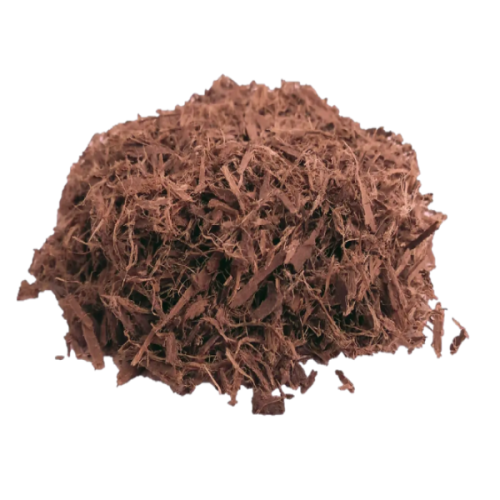Mimosa Hostilis Root Bark: A Information to Origins and Employs
Wiki Article

Mimosa Hostilis Root Bark holds an important put in classic procedures and modern day botanical programs. This short article explores the characteristics, origins, and common concerns encompassing this remarkable plant materials, with a certain deal with the prized Brazillian Mimosa Hostilis Root Barks.
Exactly what is Mimosa Hostilis Root Bark?
Mimosa Hostilis, scientifically known as Mimosa tenuiflora, is really a perennial tree indigenous on the northeastern location of Brazil and portions of Mexico. The root bark of the tree has actually been employed for hundreds of years by indigenous communities for several useful and conventional applications. The internal root bark is made up of notable concentrations of tannins, alkaloids, and various phytochemicals that add to its distinctive Attributes and apps.
The tree by itself is remarkably resilient, effective at surviving in inadequate soils and drought conditions. This hardiness contributes towards the robust mother nature with the bark and its chemical profile. When harvested sustainably, the outer root bark is cautiously separated to accessibility the valuable interior bark, that's then dried and ready to be used.
Brazilian Mimosa Hostilis Root Bark: The Gold Normal
When discussing quality in Mimosa Hostilis solutions, the Brazillian Mimosa Hostilis Root Barks are typically regarded as outstanding while in the botanical market place. Many things contribute to this track record:
Optimum Increasing Circumstances
The specific soil composition, local weather, and ecosystem of Brazil's northeastern region produce great ailments for Mimosa tenuiflora to acquire its comprehensive chemical potential. The mineral-prosperous soils and specific pattern of rainfall and daylight During this region seem to reinforce the concentration of Energetic compounds in the basis bark.Classic Harvesting Know-how
In areas the place Mimosa Hostilis has long been made use of typically, harvesters have designed innovative strategies for sustainable harvesting that preserves both the tree plus the potency of the bark. This know-how, passed down by means of generations, ensures that the bark is gathered at the appropriate time of year and processed applying tactics that preserve its integrity.Exclusive Actual physical Attributes
Brazilian Mimosa Hostilis Root Bark usually shows a loaded reddish-brown to purple interior bark that has a fibrous, dense texture. The visual traits frequently serve as an Original indicator of good quality, with experienced users recognizing the exclusive visual appeal of bark from this region.
Typical Purposes and Makes use of
The apps of Mimosa Hostilis Root Bark span each traditional and modern contexts, however It is important to grasp the authorized position of those makes use of may differ by state and jurisdiction.
Conventional Craft and Observe
Indigenous communities have Traditionally applied Mimosa Hostilis Root Bark for generating pure dyes for textiles, Along with the bark generating lovely shades of purple, burgundy, and deep brown. The tannin-rich properties also created it important for leather-based tanning and various sensible applications.Modern day Botanical Exploration
Present-day desire in Mimosa Hostilis Root Bark extends to various fields of botanical analysis, especially finding out its chemical composition and prospective apps. Scientists have discovered various intriguing Mimosa Hostilis Root Bark compounds in the bark that warrant additional scientific investigation.Horticultural and Agricultural Makes use of
In permaculture and sustainable agriculture, Mimosa tenuiflora is valued as being a nitrogen-fixing species which will increase soil top quality. The bark itself, when processed, can be utilized as being a organic mulch or soil Modification in specified agricultural contexts.High quality Assessment and Identification

For those working with Mimosa Hostilis Root Bark, knowledge how you can assess high quality is critical. High-excellent materials, specially reliable Brazillian Mimosa Hostilis Root Barks, usually exhibits specified features:
The visual visual appeal should present a clear difference involving the outer and internal bark, with the interior bark exhibiting deep, vivid hues. The fabric must have a attribute earthy, marginally sweet aroma, free of charge from musty or moldy notes. When processed, the bark should really yield a great powder though preserving its fibrous construction until finally grinding. Properly dried bark need to be brittle although not dusty, indicating correct humidity articles.
Routinely Questioned Inquiries (FAQs)
one. Exactly what is the difference between Mimosa Hostilis Root Bark from Brazil and other regions?
Brazilian Mimosa Hostilis Root Bark is usually thought of top-quality due to the exceptional rising situations in northeastern Brazil, which lead to better concentrations of Energetic compounds. The normal harvesting procedures employed Within this area also add to the overall quality and potency of the final products.two. How must I retail store Mimosa Hostilis Root Bark to keep up its top quality?
Retail store the bark in a neat, dim, and dry spot in an airtight container. Safety from gentle, humidity, and Severe temperature fluctuations might help protect the bark's chemical integrity and stop degradation of its Energetic factors.three. Is Mimosa Hostilis an endangered species?
No, Mimosa tenuiflora is not really currently stated being an endangered species. The truth is, It really is noted for its resilient expansion and skill to thrive in difficult situations. Even so, accountable harvesting methods remain necessary to make sure the sustainability of wild populations.4. Can I grow Mimosa Hostilis beyond its native habitat?
While Mimosa tenuiflora thrives best in its native tropical climate, it can be cultivated in comparable environments. The tree necessitates properly-drained soil, a good amount of daylight, and defense from frost. On the other hand, the chemical profile of cultivated specimens may possibly vary from wild-harvested Brazilian content.five. What's the lawful standing of Mimosa Hostilis Root Bark?
The authorized standing may differ drastically by region and jurisdiction. In certain areas, the Uncooked bark is legal to have, when in Many others, particular extracts or preparations could be regulated. Normally study and adjust to local regulations and polices ahead of buying or employing any botanical material.Comprehension Mimosa Hostilis Root Bark, specially the high quality Brazillian Mimosa Hostilis Root Barks, demands appreciation of its botanical characteristics, classic context, and appropriate purposes. No matter whether for study, craftsmanship, or botanical research, this impressive plant content carries on to generally be a topic Brazillian Mimosa Hostilis Root Barks of curiosity across multiple fields, although constantly inside of appropriate lawful and ethical boundaries. Report this wiki page